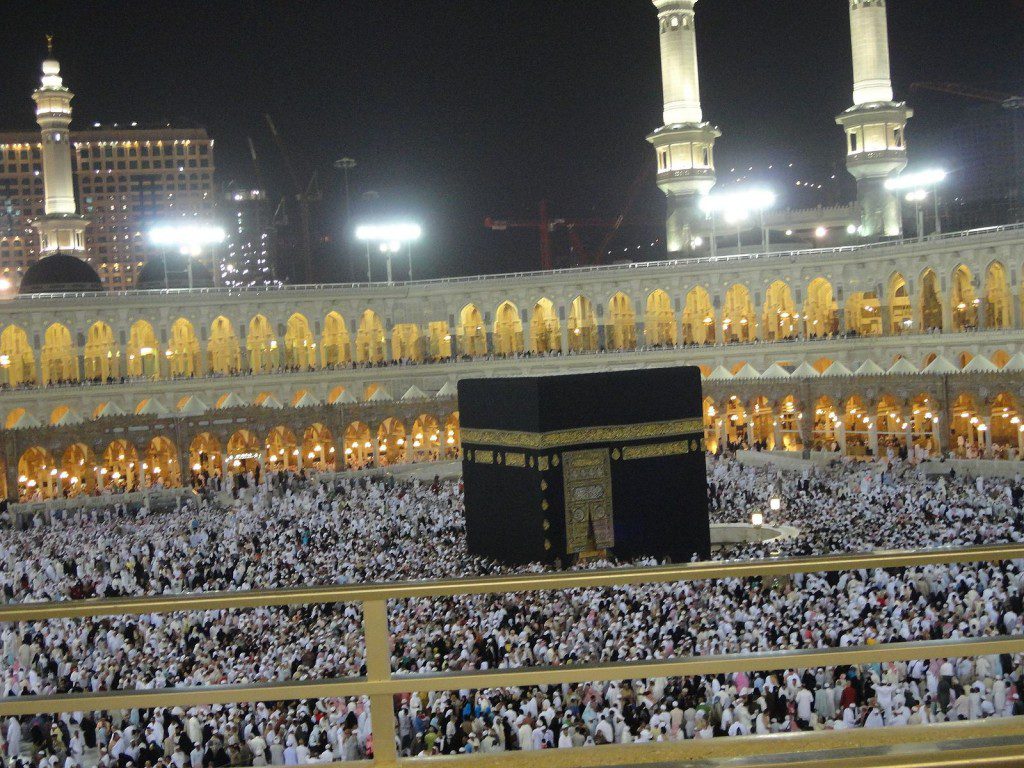
Although dating to pre-Islamic times, it has been the center of the Muslim world since the early seventh century.
At least once, and perhaps twice, I used Daniel W. Brown, A New Introduction to Islam, 2d. ed. (Malden MA and Oxford: Wiley-Blackwell, 2009) as the principal text for my own introductory course on the religion of Islam. Along the way, I marked a few passages that reminded me of points that I myself wanted to make in a revised third edition of my book on Islam for Latter-day Saints (on which I’m finally beginning to really get to work). Here are four of those passages:
[T]he most urgent set of theological, ethical, and political problems faced by the Muslim community in the contemporary world is posed by the challenge of pluralism. . . . Muslims in the contemporary world continue to make the case for the rationality of Islam, but reason is no longer the central challenge they face. The yardstick of the postmodern world is not reason, but tolerance. The question most often posed by outsiders to Islam is not whether the claims of Islam are true and reasonable — a suitable religion for “modern” people; the new most frequently asked question is whether Islam is “a religion of peace.” Are Muslims, in other words, able to accept a place as one community among many? Are “Islamic” values compatible with a system of democratic pluralism, and with the ideology of pluralism that often accompanies it? (283-284)
Like their intellectual forebears, contemporary Wahhābīs draw the circle of Islam narrowly, and are thus most easily identified by what they oppose, including all manifestations of ṣūfism [sic], all manifestations of Shī‘ite Islam, all forms of theological or philosophical discourse, most forms of music, and, in general, any idea, scientific or otherwise, that cannot be justified from the Qur’ān or the Sunna. . . . Wahhābism, in short, is an ideology vigorously opposed to pluralism, whether that pluralism is within the circle of Islam or without. . . . One of the rallying cries of Wahhābism has been the Qur’ānic imperative to “command the right and forbid the wrong.” Error and evil must not simply be avoided for the sake of one’s own soul, they must be actively opposed, whether by argument or by force. The agent of choice for this job is the state, and it is thus incumbent upon the state to use its resources and coercive power to implement this vision of Islam. . . .
[E]xtreme tendencies within the Wahhābī tradition have come together with other trends in modern Muslim thought to produce a new cult of martyrdom. (285-286)
Wahhābism, with its bold claim to represent the one true understanding of Islam, represents one important way of responding to the challenge of pluralism: to utterly reject the possibility that religious (or even cultural) diversity may be a good thing. . . . Partly because of the resources and visibility of Wahhābī Islam in the modern world, non-Muslims are increasingly prone to identify “true” Islam with Wahhābī forms. . . . There is a good chance, in other words, that the ordinary Western lay person, when she thinks of Islam, has in her mind a version of Islam which has been in some way colored by Wahhābī ideas. The more hawkish among Western commentators on the Islamic world regularly dismiss any divergence from the Wahhābī pattern as, at best, fringe ideas or movements which do not represent “true” Islam. (287)
It is one measure of the success of Wahhābism that it has for so long and so successfully convinced many non-Muslims that it is the real thing. (288)












